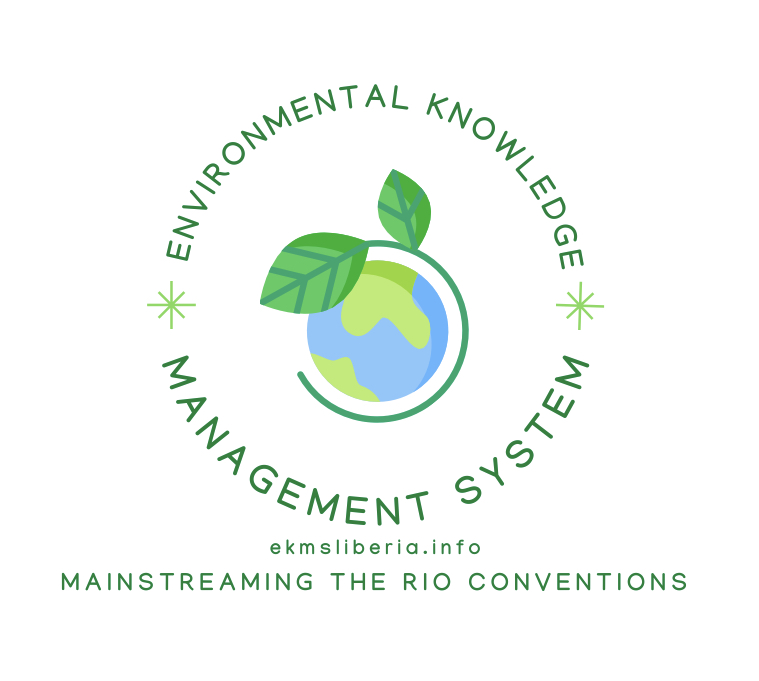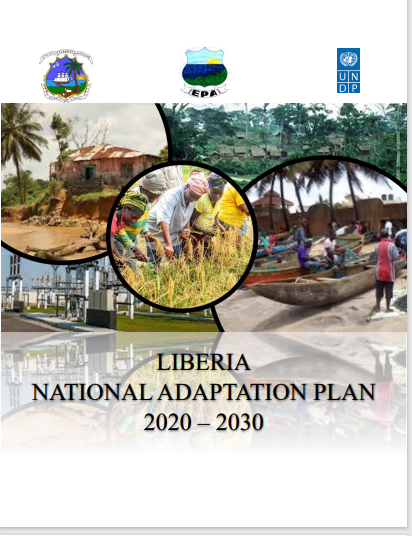Like many other countries globally, Liberia is increasingly experiencing physical changes to its
climate stemming from anthropogenic global warming 1. These physical changes include warmer temperatures, increases in annual rainfall, and increases in the frequency of heavy rainfall events. Though historically Liberia’s contribution to atmospheric greenhouse gas (GHG) concentrations has been negligible, our country is unfortunately confronted with the daunting challenge of adapting to these new climatic conditions and their impacts.Recognizing the implication of climate change for its national development and in response to its international commitments, the Government of Liberia (GoL), through the Environmental Protection Agency (EPA), has taken various actions to support climate change adaptation planning with several climate-related policies. Liberia has undertaken climate vulnerability assessments and risk on several priority sectors to support these policies, including coastal zones, agriculture, waste management, forestry, and fisheries. Under the EPA’s guidance and support from the United Nations Development Programme (UNDP), the GoL has prepared this National Adaptation Plan (NAP) framework to guide and advance its National Adaptation Plan process medium- and long-term adaptation needs in a coherent and coordinated
manner. The purpose of this document is to provide an overall framework to guide the country in developing,
coordinating, and implementing its NAP process. This document describes the benefits of the NAP process
in the context of Liberia. It ensures that the NAP process does not unnecessarily add to the proliferation of
national planning processes and related documents. Instead, the NAP process aims to strengthen existing
planning processes by integrating climate change adaptation considerations. Specifically, the objectives of
this NAP process are to:
Environmental Knowledge
Management System
Join us to help grow
the EKMS Community

Menu

